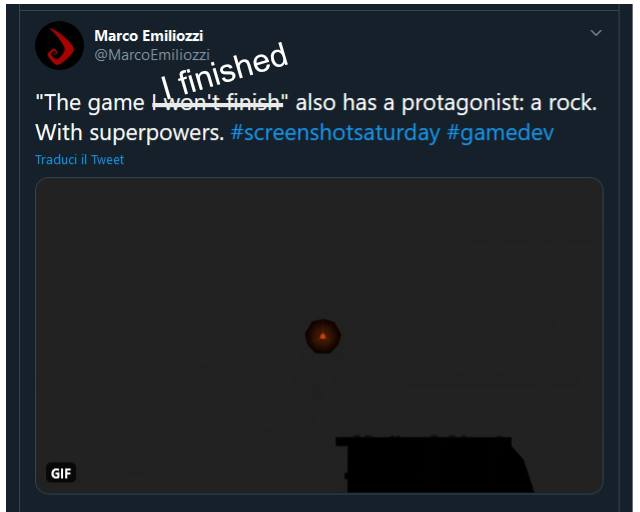Forgecore - Publishing
Last but not least came the time to publish Forgecore. I planned to release it on Gamejolt, Kongregate and Newgrounds but unfortunately Kongregate closed new game submissions just in the nick of time.
I had a surprisingly positive experience on Newgrounds, and not only because Forgecore was featured. I found out that it's one of the few websites that still actively promotes new submissions instead of just showcasing the most successful games. Overall the community is also very welcoming, I feel it still retains some sort of indie idealism that is very rare to find nowadays.
During the time that Forgecore was featured on Newgrounds, I've received lots of feedback. There are many aspects of the game that could have been done better, but the most important subjects are about the difficulty of the game.
Forgecore has a simple narrative aspect, but some people may find it entertaining and engaging nonetheless. Some of these people may not like the gameplay enough to enjoy tackling a demanding challenge, or they may just want to have a more relaxed experience in general. It happened to me too a few times, in some games I played there were moments in which the gameplay difficulty felt like an annoying obstacle to keep the story going.
For some reason, I completely overlooked this aspect and when I released Forgecore there was no difficulty level selection. When some reviews pointed out that the level of challenge wasn't enjoyable for everyone, I've slapped together an easy mode and updated the game. It's not the most elegant solution, but it was the only one doable in a short time.
From the reviews it emerged that the biggest issue was the mountain level. I never thought it would be so hard.
The problem was that the most intuitive strategy to beat the level wasn't the one that I had in mind, because I was biased by my knowledge of the game mechanics. As a result, the margin to make it through the level using the strategy that most people attempted was extremely tight and it wasn't meant to be so. Sometimes it's hard to put myself in the shoes of a new player.
Adding an easy mode solved also this problem in a way, I didn't want to make the mountain easier because it would be unfair towards who already got through it at the original difficulty level.
All in all it was a wild, emotional and satisfying learning experience. I'm grateful to Newgrounds and to all the players that shared their thoughts, if my next games will be better it will be because of them.




